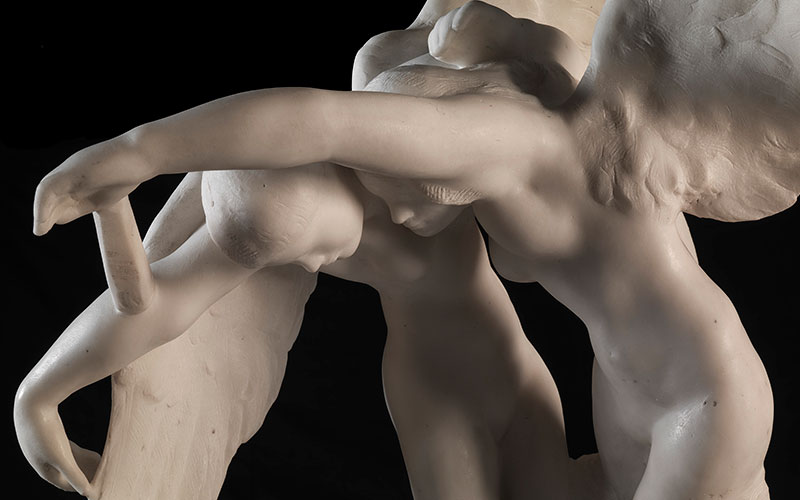Two enthusiastic art collectors

How did the idea for this exhibition come about?
We were contacted by the New Carlsberg Foundation, which expressed interest in developing a joint exhibition project. While the Danish collection is entirely dedicated to sculpture, contrary to our own case in which diversity reflects the dominant tone, we found in its extremely rich collection of French 19th century sculpture a point of convergence with the Gulbenkian Collection.
What connections might be established?
The Calouste Gulbenkian Museum and the Ny Carlsberg Glyptotek collections were founded by two enthusiastic collectors of art. One of the most notable parallelisms between the Carl Jacobsen and Calouste Sarkis Gulbenkian collections stems from the way in which the French sculptures, which both acquired over the course of their lives, establish a natural dialogue with each other. Rodin, Carpeaux and Dalou are clearly sculptors that both sought to add to their collections. Jacobsen in a systematic approach, within the scope of creating a significant sample of the work of these artists, Gulbenkian, in a more “affective” fashion, seeking to find those works that really interested him as was the case with other areas of his collection.
Would you highlight some of these works?
Perhaps the two versions of Flora, by Jean-Baptiste Carpeaux: that of the Gulbenkian Museum in marble, dated 1873; and its original 1870 model in plaster from Ny Carlsberg Glyptotek. I would also mention the interlaced figure of Rodin, The Eternal Spring (1888), also from the Lisbon museum, and a standing figure, The Young Cyclist (1907), by Maillol, from the Danish collection.
As with the case of The Kiss, originally designed to depict the story of Paolo Malatesta and Francesca da Rimini, in Dante’s Divine Comedy, which is, in some way, a variant, the composition conveys an affirmation of loving happiness.
The work, which gained enormous success with a dozen versions in marble and various editions in bronze (the exhibition presents this work in versions of both materials), was designed during the extensive period spent completing The Gates of Hell, the monumental project that Rodin worked on throughout decades. In turn, The Young Cyclist by Maillol encounters its direct source of inspiration in archaic statuary, given how the artist had the occasion to admire the renowned Kritios Boy at the Acropolis. The youth portrayed by Maillol, depicted in counter-position, nevertheless distances itself through its very special candour contrasting with the classical prototype of the athletic figure.
